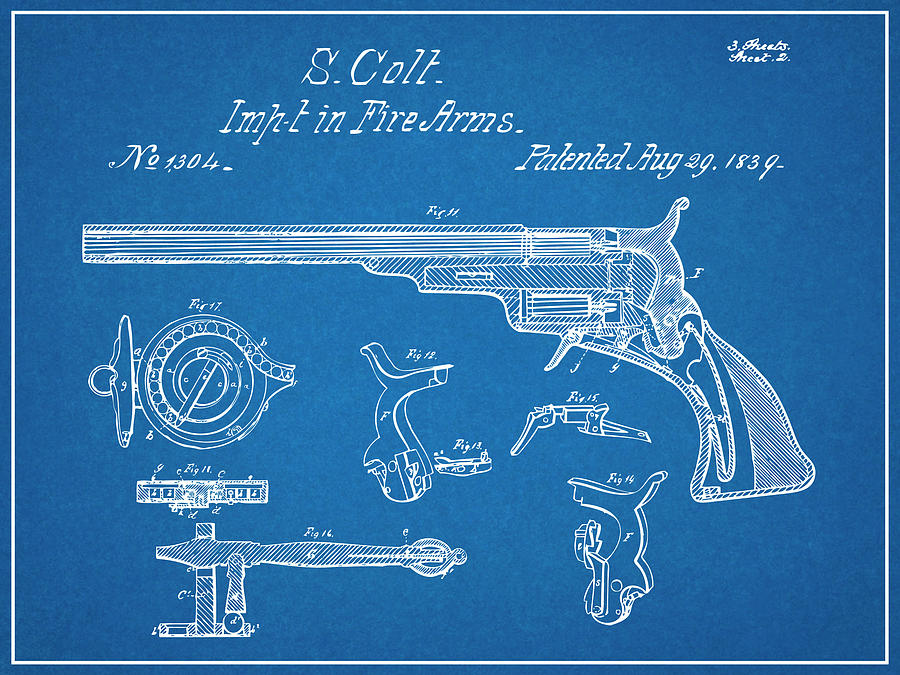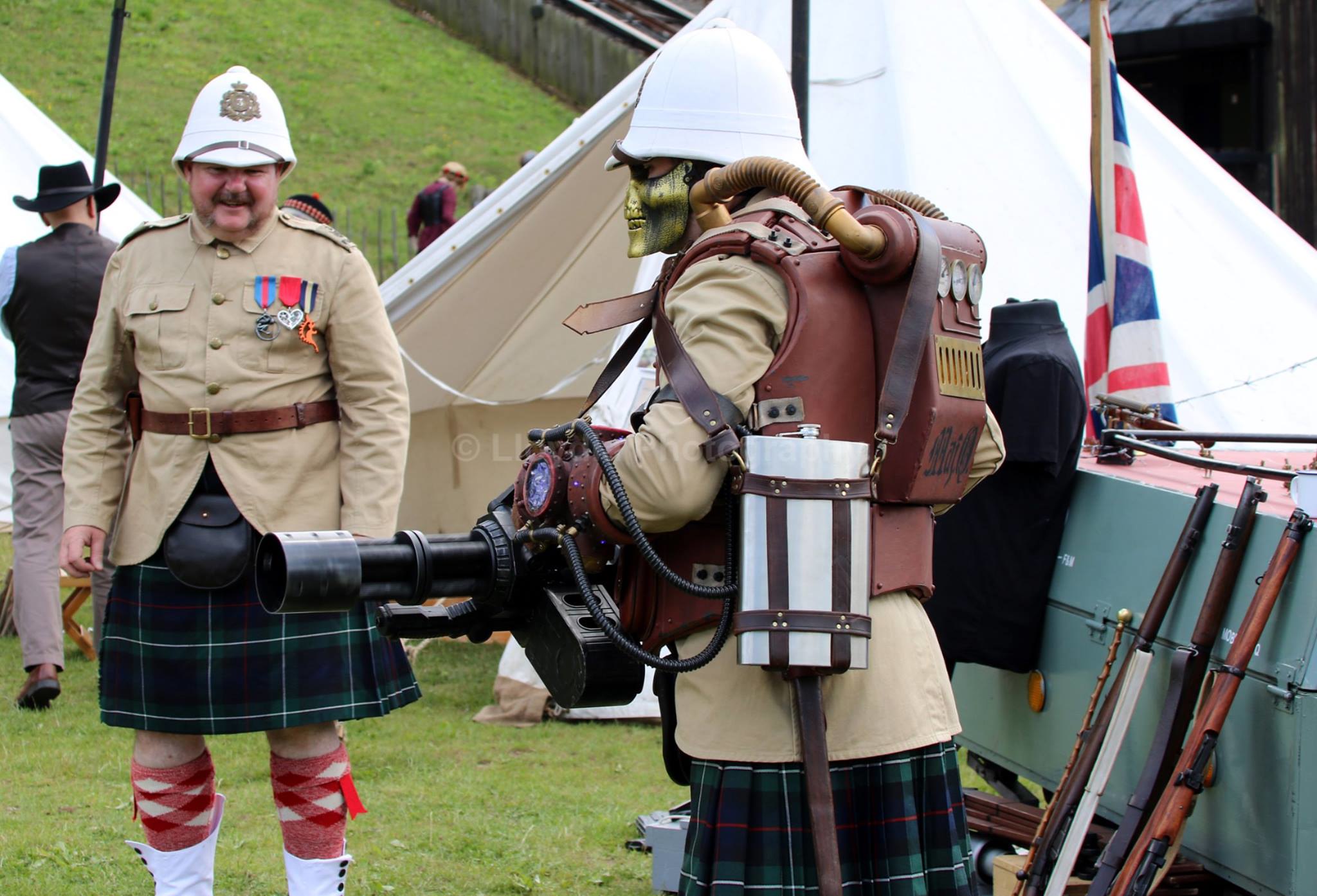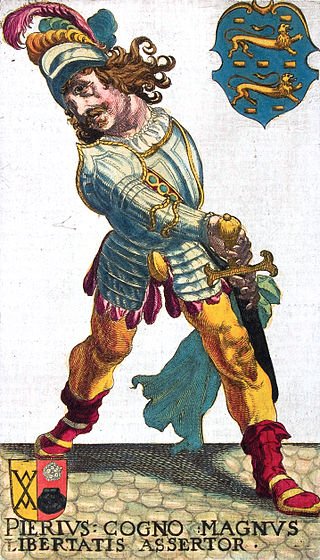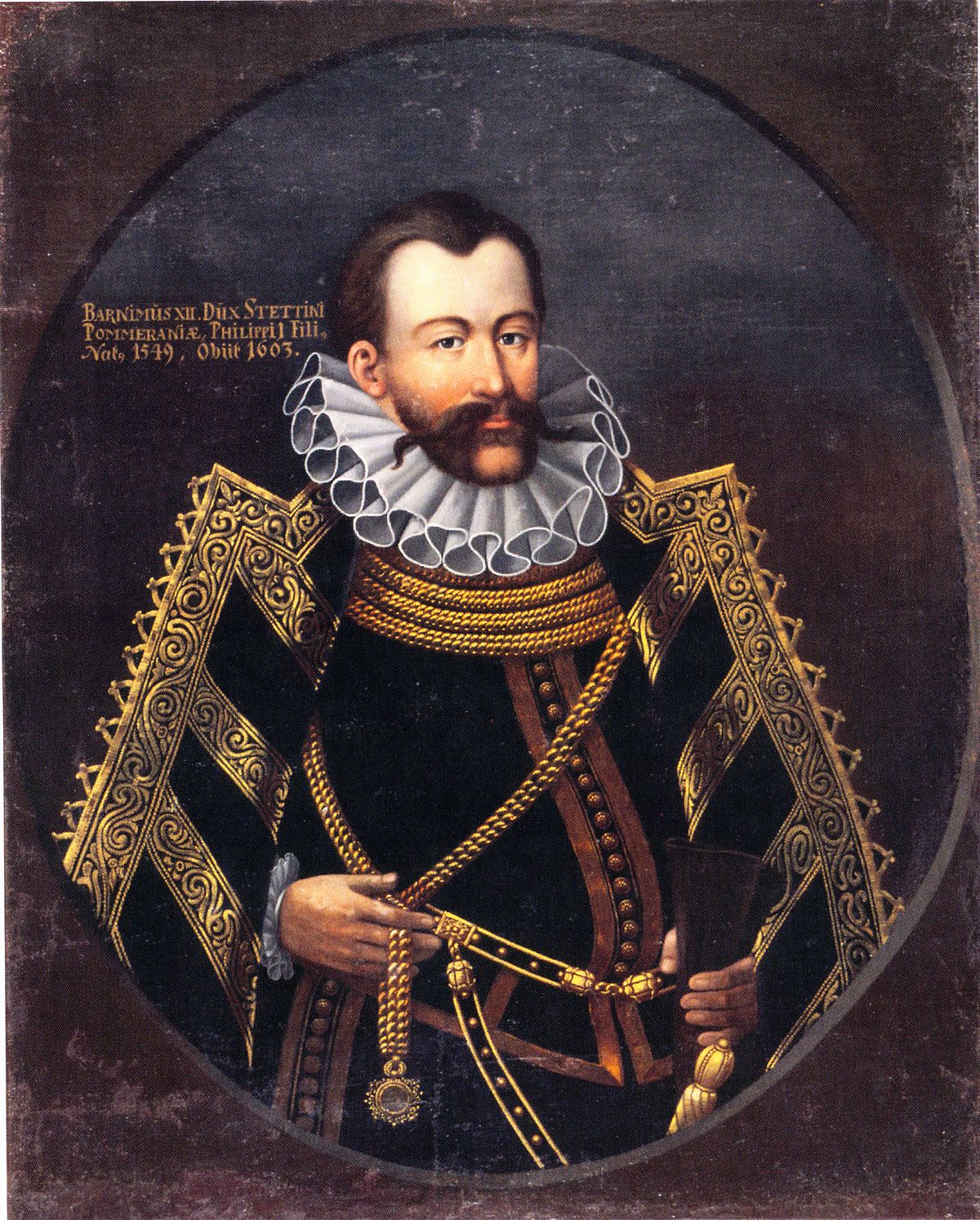41
Middle Ages / Re: Medieval Pirates
« Last post by Karl Helweg on September 14, 2020, 07:19:35 PM »Baldassarre Cossa aka (Anti)pope John XXIII
Baldassarre Cossa (c. 1370 – 22 December 1419) was Pisan antipope John XXIII (1410–1415) during the Western Schism. The Catholic Church regards him as an antipope, as he opposed Pope Gregory XII whom the Catholic Church now recognizes as the rightful successor of Saint Peter.
Baldassarre Cossa was born on the island of Procida in the Kingdom of Naples to the family of Giovanni Cossa, lord of Procida. Initially he followed a military career, taking part in the Angevin-Neapolitan war. His two brothers were sentenced to death for piracy by Ladislaus of Naples.
He studied law at the University of Bologna and obtained doctorates in both civil and canon law. Probably at the prompting of his family, in 1392 he entered the service of Pope Boniface IX, first working in Bologna and then in Rome. (The Western Schism had begun in 1378, and there were two competing popes at the time, one in Avignon supported by France and Spain, and one in Rome, supported by most of Italy, Germany and England.) In 1386 he is listed as canon of the cathedral of Bologna. In 1396, he became archdeacon in Bologna. He became Cardinal deacon of Saint Eustachius in 1402 and Papal legate in Romagna in 1403. Johann Peter Kirsch describes Cossa as "utterly worldly-minded, ambitious, crafty, unscrupulous, and immoral, a good soldier but no churchman". At this time Cossa also had some links with local robber bands, which were often used to intimidate his rivals and to make highwayman attacks on carriages. These connections added to his influence and power in the region.
In May 1408 Baldassare was one of the seven cardinals who deserted Pope Gregory XII, and convened the Council of Pisa. Cossa became the leader of a group whose objective was to finally end the schism. The result was silly beyond belief as they deposed Pope Gregory XII and Anti-Pope Benedict XIII and elected a third Pope Alexander V in 1409. As the two existing popes – Gregory and Benedict – clearly enjoying their current positions of power – simply ignored this decision – there were now not just two Popes – but three!
During his absence John was deposed by the council, and upon his return he was tried for heresy, simony, schism and immorality, and found guilty on all counts. Gibbon wrote, "The more scandalous charges were suppressed; the vicar of Christ was accused only of piracy, rape, sodomy, murder and incest."
This piratical schism contributed to the Hussite Rebellion among other historical events.

https://www.beyondtheyalladog.com/2011/07/baldassare-cossa-the-pirate-pope/
https://en.wikipedia.org/wiki/Antipope_John_XXIII
https://www.youtube.com/watch?v=fsCyWIUKyAo&app=desktop
 His personal coat of arms and possible pirate flag? This motto implies membership in the Odre du Croissant which was roughly the Italian equivalent of the English Order of the Garter. https://en.wikipedia.org/wiki/Ordre_du_Croissant
His personal coat of arms and possible pirate flag? This motto implies membership in the Odre du Croissant which was roughly the Italian equivalent of the English Order of the Garter. https://en.wikipedia.org/wiki/Ordre_du_Croissant
* Curiously the original coat-of-arms that I posted with his motto and nifty chaninmail collar-of-estate has disappeared(?)* Here is the best that I can find now:

Baldassarre Cossa (c. 1370 – 22 December 1419) was Pisan antipope John XXIII (1410–1415) during the Western Schism. The Catholic Church regards him as an antipope, as he opposed Pope Gregory XII whom the Catholic Church now recognizes as the rightful successor of Saint Peter.
Baldassarre Cossa was born on the island of Procida in the Kingdom of Naples to the family of Giovanni Cossa, lord of Procida. Initially he followed a military career, taking part in the Angevin-Neapolitan war. His two brothers were sentenced to death for piracy by Ladislaus of Naples.
He studied law at the University of Bologna and obtained doctorates in both civil and canon law. Probably at the prompting of his family, in 1392 he entered the service of Pope Boniface IX, first working in Bologna and then in Rome. (The Western Schism had begun in 1378, and there were two competing popes at the time, one in Avignon supported by France and Spain, and one in Rome, supported by most of Italy, Germany and England.) In 1386 he is listed as canon of the cathedral of Bologna. In 1396, he became archdeacon in Bologna. He became Cardinal deacon of Saint Eustachius in 1402 and Papal legate in Romagna in 1403. Johann Peter Kirsch describes Cossa as "utterly worldly-minded, ambitious, crafty, unscrupulous, and immoral, a good soldier but no churchman". At this time Cossa also had some links with local robber bands, which were often used to intimidate his rivals and to make highwayman attacks on carriages. These connections added to his influence and power in the region.
In May 1408 Baldassare was one of the seven cardinals who deserted Pope Gregory XII, and convened the Council of Pisa. Cossa became the leader of a group whose objective was to finally end the schism. The result was silly beyond belief as they deposed Pope Gregory XII and Anti-Pope Benedict XIII and elected a third Pope Alexander V in 1409. As the two existing popes – Gregory and Benedict – clearly enjoying their current positions of power – simply ignored this decision – there were now not just two Popes – but three!
During his absence John was deposed by the council, and upon his return he was tried for heresy, simony, schism and immorality, and found guilty on all counts. Gibbon wrote, "The more scandalous charges were suppressed; the vicar of Christ was accused only of piracy, rape, sodomy, murder and incest."
This piratical schism contributed to the Hussite Rebellion among other historical events.

https://www.beyondtheyalladog.com/2011/07/baldassare-cossa-the-pirate-pope/
https://en.wikipedia.org/wiki/Antipope_John_XXIII
https://www.youtube.com/watch?v=fsCyWIUKyAo&app=desktop
* Curiously the original coat-of-arms that I posted with his motto and nifty chaninmail collar-of-estate has disappeared(?)* Here is the best that I can find now:







 Recent Posts
Recent Posts








